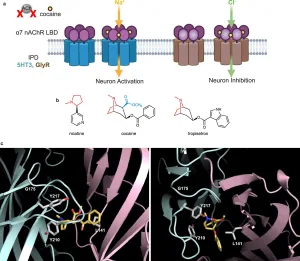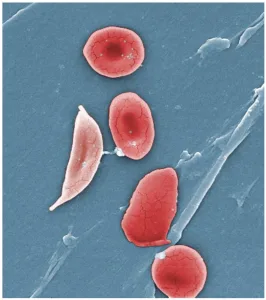Understanding Parkinson’s Disease: The Role of Mitochondrial Clean-Up
Parkinson’s disease, a prevalent neurodegenerative disorder, impacts millions globally. A key characteristic in some Parkinson’s cases is the cell’s struggle to eliminate malfunctioning mitochondria, especially within brain neural cells. Let’s delve into why this mitochondrial clean-up is crucial.
Mitochondria: Powerhouses and Potential Hazards
Mitochondria are essential for cell function, acting as energy providers, much like batteries. However, similar to batteries, aging mitochondria can release harmful toxins. This is where mitophagy comes into play.
Mitophagy: Cellular Housekeeping
Mitophagy is the cell’s quality control mechanism. It’s how cells discard old and faulty mitochondria, effectively ‘taking out the trash.’ When this process is impaired, as seen in some Parkinson’s variations, it can lead to problems.
The Link to Parkinson’s
The inability to efficiently remove these damaged mitochondria can contribute to the development and progression of Parkinson’s disease. By understanding mitophagy’s role, researchers can explore new therapeutic avenues.
- Parkinson’s affects millions worldwide.
- Mitochondria provide energy but can become toxic.
- Mitophagy is the process of removing damaged mitochondria.
- Impaired mitophagy is linked to Parkinson’s disease.
Further Research
Ongoing research continues to explore the intricate details of mitophagy and its connection to Parkinson’s. A better understanding of this cellular process could pave the way for innovative treatments and preventative strategies.
Final Overview
Parkinson’s disease is a complex condition, and the cell’s ability to manage mitochondrial health plays a significant role. Mitophagy, the process of clearing out damaged mitochondria, is essential for neuronal health. Further studies in this area hold promise for improving the lives of those affected by Parkinson’s disease.




+ There are no comments
Add yours